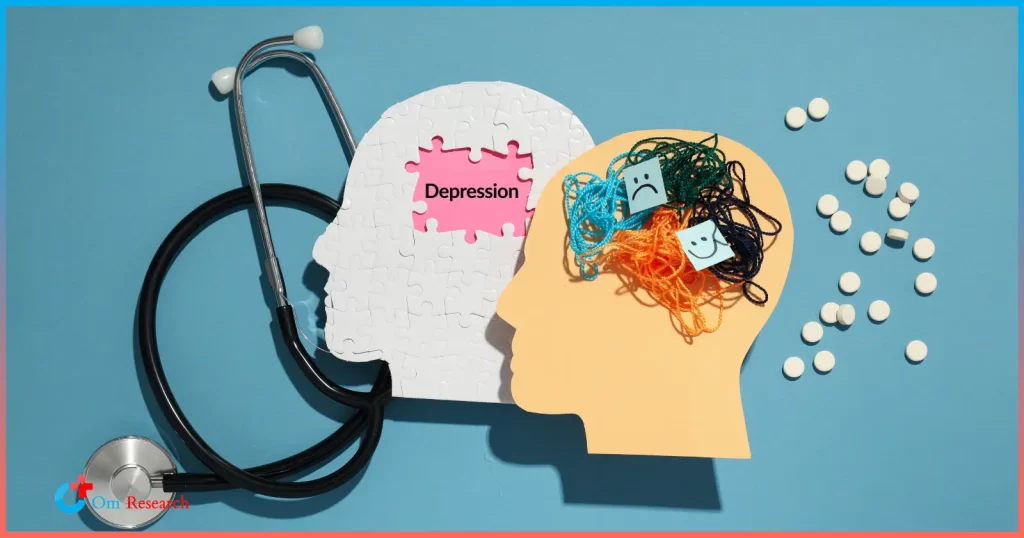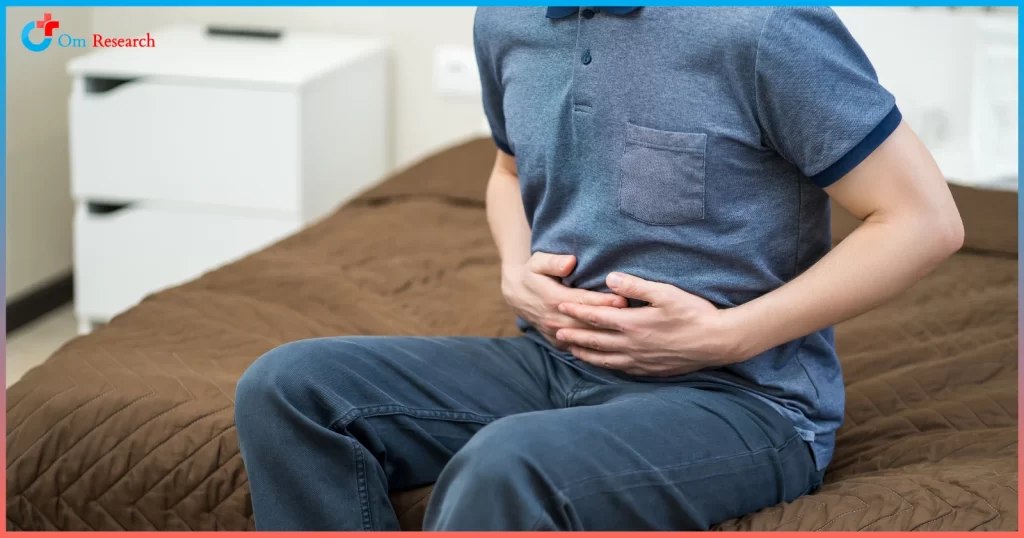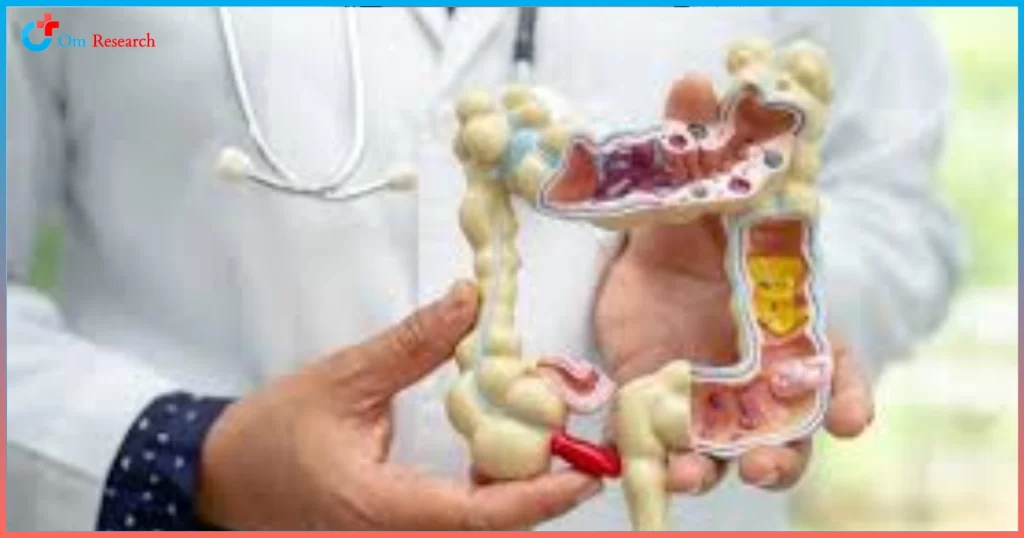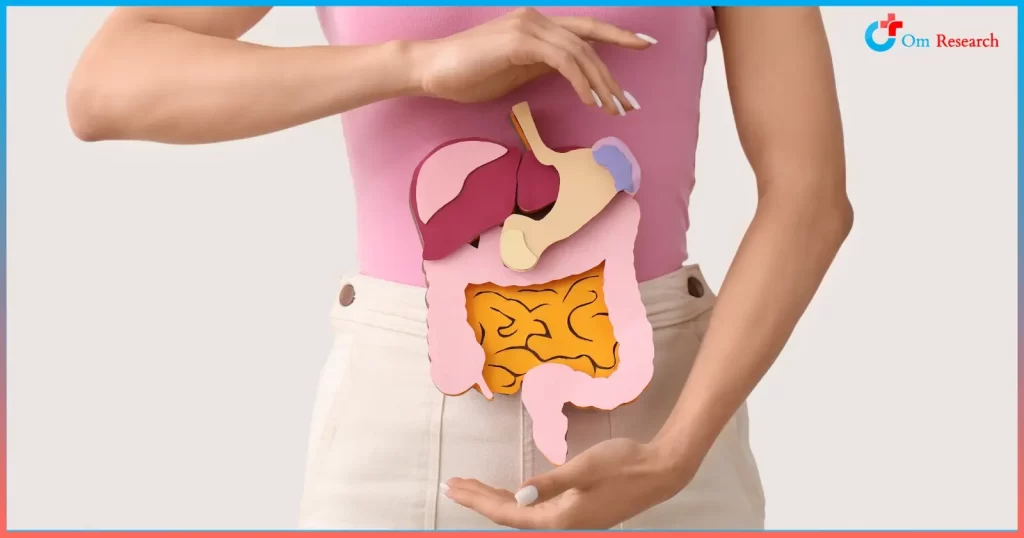Clinical depression, otherwise known as MDD, is a state of mind that is associated with a constantly low or depressed mood and the loss of interest in activities once pleasurable. Clinical depression impacts sleep, appetite, and clarity of thought. Such symptoms must be there for at least two weeks for a diagnosis.
Clinical depression is a chronic disorder. However, it often occurs in episodes, which may last for several weeks or months at a time. You are very likely to experience more than one episode throughout your lifetime. This is different from persistent depressive disorder, which is mild to moderate depression lasting for at least two years.
What is the difference between clinical depression and depression?
It’s normal to feel sad sometimes when faced with difficult life situations, such as losing one’s job or the end of a relationship. Some people describe themselves during these times as “depressed.” Clinical depression, also called major depressive disorder, is different from just being sad. It lasts almost every day for at least two weeks and includes other symptoms in addition to sadness.
This can be a bit confusing. Many people call clinical depression or major depressive disorder “depression.” There are several forms of depressive disorders. Other forms include persistent depressive disorder and premenstrual dysphoric disorder. Clinical depression, however, is the most severe form of all types of depression.
Who does clinical depression affect?
Anybody is at risk for clinical depression—not just children, not only adults. Most first cases start in your 20s, but they can occur at any age.
It is common for clinical depression to be experienced more by women or persons assigned female at birth compared to men and people assigned male at birth. It is most common, however, among people with no close friends or relatives and those who are divorced, separated, and widowed.
What are the symptoms of clinical depression (major depressive disorder)?
Clinical depression can range from mild to severe symptoms, but most of the time, it is constant during the day and almost every day for at least two weeks.
It is marked by persistent sadness, hopelessness, and a loss of interest in activities formerly taken as enjoyable. Other symptoms associated with MDD include abnormal appetite, sleeping, fatigue, difficulty concentrating, and suicidal thoughts.
Important here is the realization that not everyone who suffers from depression manifests all these symptoms, and severity varies from one person to another.
What causes clinical depression?
Researchers are not sure about the cause of clinical depression, also called major depressive disorder. They believe that it’s often connected to a combination of factors like:
Brain chemistry: Depression is caused by the imbalance of neurotransmitters, which include serotonin, norepinephrine, and dopamine. This imbalance was always assumed to be a primary factor, although more recent theories hold that disturbances in even more complex neural circuits lead to secondary imbalances of neurotransmitters.
Genetics: If you have a first-degree relative—a blood parent or sibling—who has clinical depression, you’re about three times more likely to develop the condition than if you didn’t have that family history. You can, though, have clinical depression without a family history of it.
Childhood development: Multiple adverse childhood experiences, including abuse and trauma, are associated with developing clinical depression later in life.
Stressful life events: Difficult events like the death of a loved one, trauma, divorce, loneliness, and lack of support are known to trigger clinical depression in those with a predisposition to it.
Diagnosis and treatment of MDD
Effective treatments exist for depression. The treatments include psychological and medications. Seek care if you have symptoms of depression.
Psychological treatments are the first-line treatments for depression. They can be combined with antidepressant medications in moderate and severe depression. In mild depression, there is no need for an antidepressant medication.
Psychological treatments may also teach new ways of thinking, coping, or relating to others. They also incorporate talk therapy, but this time with professionals and supervised lay counselors. Talk therapy can be conducted in-person or online. Self-help manuals, websites, and apps often make principles and techniques of psychological treatments available.
Effective psychological treatments for depression include:
- behavioural activation
- cognitive behavioural therapy
- interpersonal psychotherapy
- problem-solving therapy.
Antidepressant medications include selective serotonin reuptake inhibitors (SSRIs), such as fluoxetine.
Health-care providers should consider the potential side effects of antidepressant medication, the ability to provide the most effective intervention, in terms of expertise, and/or the availability of treatment, as well as individual preference.
The use of antidepressants in children is to be avoided in treating depression and is not considered the first line of treatment in adolescents.
When should I see my healthcare provider about clinical depression?
If you have signs and symptoms of clinical care, see your health care or mental health provider. They can give you an accurate diagnosis and recommend available treatment options.
If you’ve started treatment for clinical care and it’s not working or you’re having unpleasant side effects, talk to your provider. They can recommend a different treatment plan.



